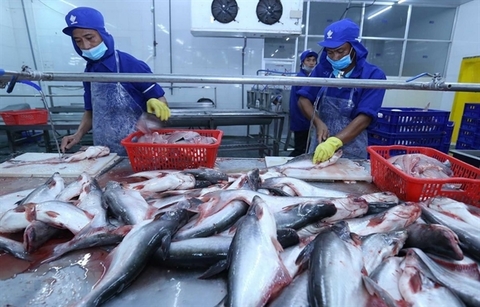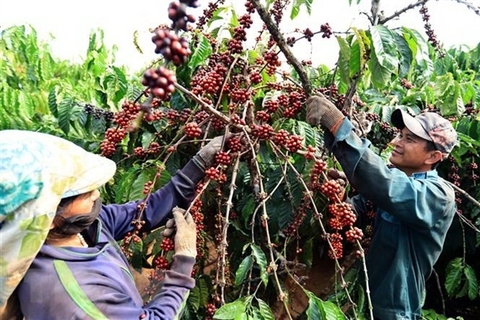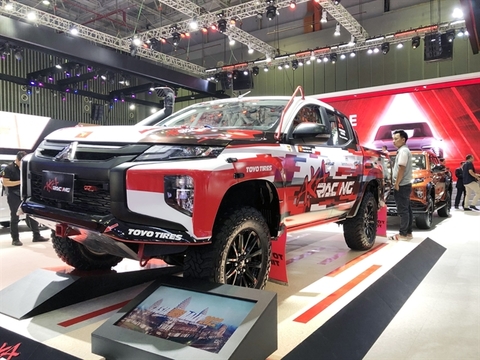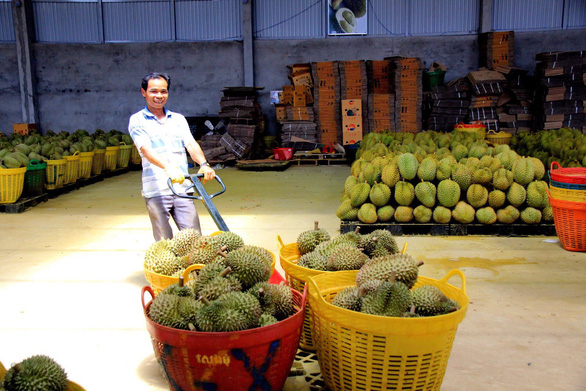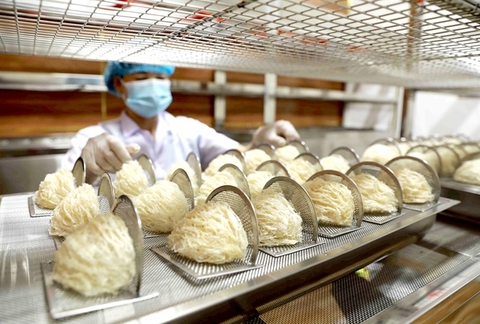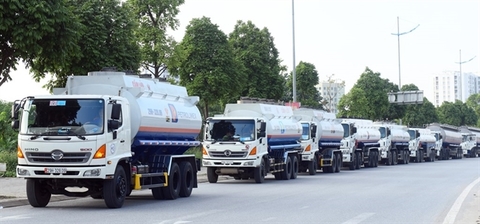Vietnam’s fuel market back on track
Vietnam’s fuel market back on track
The Vietnamese fuel market seems to be stable again as local residents can now easily buy gasoline.
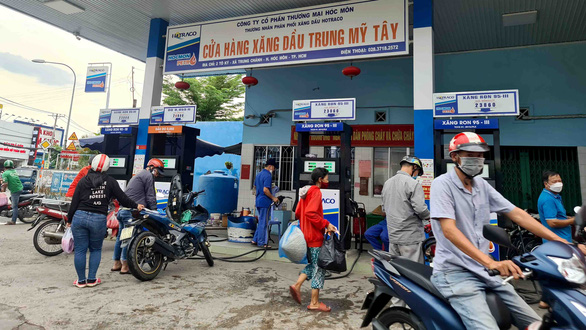
By Sunday, ‘out of gasoline’ or 'only selling VND30,000-50,000 [US$1.2-2] [worth of gasoline for each consumer]’ signs have been no longer seen.
Gas stations resume normal operations
Private filling stations in Ho Chi Minh City resumed their operations, while those of giants, such as the Vietnam National Petroleum Group (Petrolimex), PetroVietnam Oil Corporation (PVOil), Saigon Petro Co. Ltd., and Saigon Trading Group, took down fences which were used to regulate fuel buyers during peak hours.
In Go Vap District, many gas stations along Phan Van Tri, Nguyen Oanh, and Quang Trung Streets are offering fuel as normal, instead of limited operations.
The manager of a gas station on Quang Trung Street said after facing a dearth of gasoline for 10 days, the gas station has been supplied with sufficient fuel.
Gas stations along To Ky Street in District 12, which were earlier hotspots of the gasoline shortage and regularly closed their doors, are now selling fuel as normal.
The director of a fuel retail system in Ho Chi Minh City told Tuoi Tre (Youth) newspaper that he did not know where the products are sourced from.
“Suppliers, including those facing a scarcity earlier, have provided fuel en masse ahead of a possible fuel price fall, haven’t they?” he wondered.
However, commissions are still low, at VND200-300 per liter of gasoline, the director said, adding that with such commissions, enterprises which have to lease retail space may face losses.
Le Van Bau, director of a fuel distribution system in Ho Chi Minh City, said Petrolimex currently offers commissions of VND200-300 per liter of gasoline.
Tapping more stable sources
According to the director of a fuel retailer in Ho Chi Minh City, the municipal Department of Industry and Trade has allowed his firm to change its supplier.
Earlier, it bought fuel from a trader. During the fuel scarcity period, the trader failed to ensure the supply, so his firm has collaborated with a fuel supplier.
Similarly, Bau said his system will consider terminating contracts with enterprises failing to ensure the supply and purchasing fuels from different sources to ensure the business stability.
Meanwhile, the leader of a fuel enterprise said it launched a tender to import fuels but fees are high, ranging from $7 to $12 per barrel.
As fuel imports account for only 20 percent of the firm’s total fuel volume, the proportion of import fees in the basic fuel prices remains small, causing a headache for enterprises.
The leader of another fuel enterprise noted that there are many reasons for the resumption of gas stations’ normal operations, including the authorities’ strict measures.
They asked fuel enterprises to make commitments on the sufficient fuel supply and continuously launched inspections, forcing fuel retailers and distributors to increase their inventories.
In addition, the gasoline price was forecast to fall by VND100-200 per liter, while diesel oil prices may be revised down by some VND500 ($0.02) per liter.
Fuel supply improves in Hanoi
The fuel supply in Hanoi has also improved.
For example, at peak hours on Sunday, there were a few customers at the HFC Tam Da gas station at 249 Thuy Khue Street in Tay Ho District.
The situation was contrary to earlier long queues of motorbike riders at petrol stations across the city even at night.
On the same night, customers at another HFC gas station at 79 Lac Long Quan Street in Cau Giay District just needed to wait for a while to have their vehicles refilled. Queues of motorbike riders stretching to roadways were no longer seen.
According to employees at some gas stations, over the past few days, the gasoline shortage has cooled down.
Gas stations which shut down earlier have reopened, meeting the demand of local residents.
Earlier, residents in Ho Chi Minh City, Hanoi, and some other provinces nationwide had found it hard to buy gasoline.
They had to queue up outside some gas stations, even until mid-night, to have their vehicles refilled, while many filling stations closed over short supply.



